Studio visit with Laurel Golio
Laurel Golio is a photographer and visual anthropologist. Her work revolves around the examination of community and its various subcultures, with a focus on using portraiture to investigate issues of self-presentation and identity. Laurel has been a contributor to The New York Times, New York Magazine, Metropolis Magazine, The Fader, The Oxford American, and the British Journal of Photography.
Nathan Bajar is a photographer born in based in Brooklyn, NY. When he is not making pictures, he is making music or getting bubble tea with his family, or watching NBA highlights. His favorite video game series of all time is Super Smash Bros. He likes flowers… A lot.
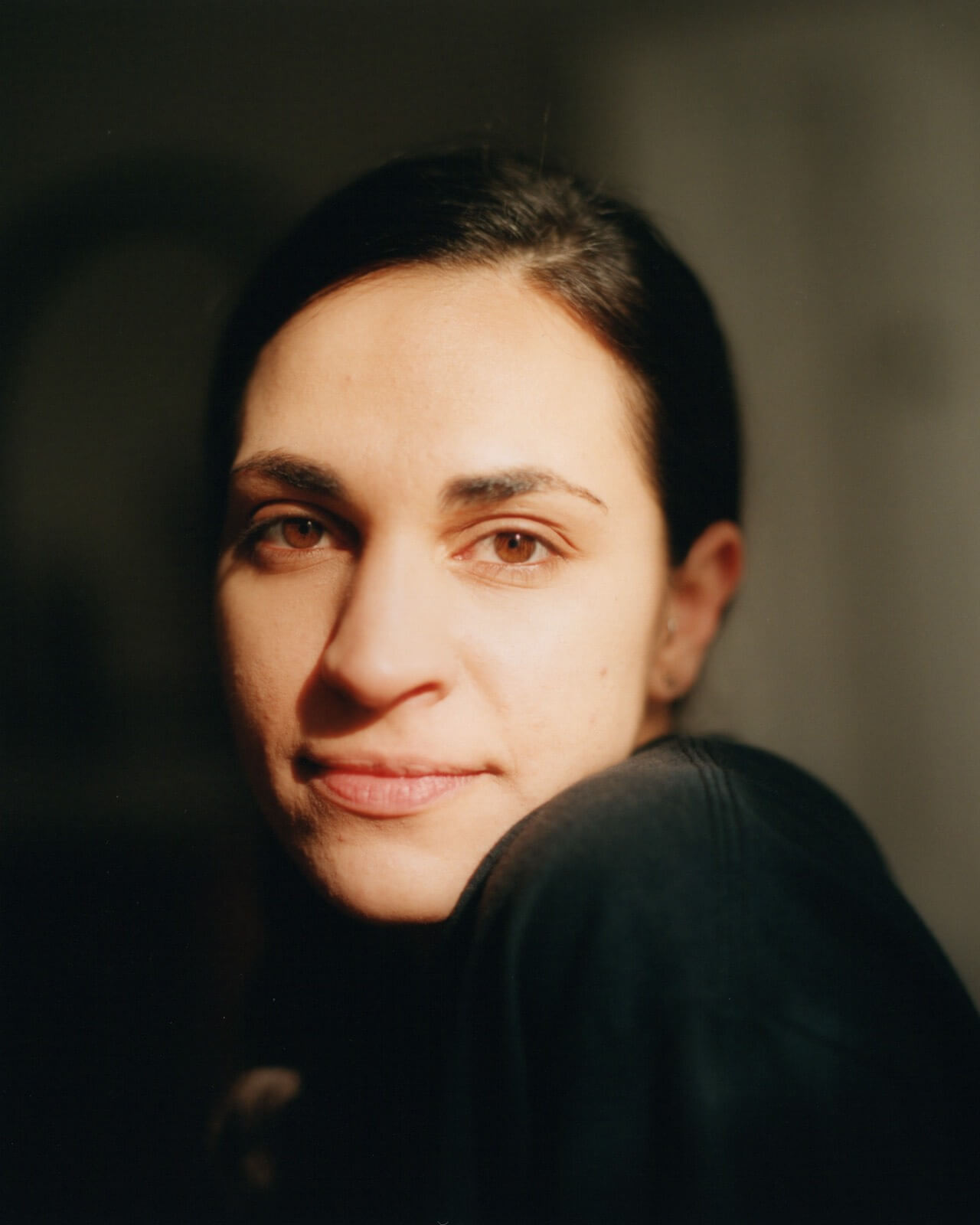
Pauline Magnenat: Where is your studio exactly and how long have you been working there?
Laurel Golio: At the moment, I work out of the spare bedroom in my apartment. I live in Bed-Stuy with my girlfriend, Jesse. We moved here about a year ago. We looked at about 20 apartments before we found this one. Our landlord Jag, is awesome – she runs a clothing company (Jag and Co.) that caters towards folks in the queer community. She has a rainbow flag on the stoop so when we pulled up to check out the apartment, we were like, NEW HOME, YES. It’s definitely my favorite of all the New York apartments that I’ve lived in.
PM: What are the pros and cons of working from home?
LG: We were lucky enough to find a two bedroom, so we converted the spare bedroom into an office and it’s been really great having a workspace inside my home. In the past, I’ve shoved a desk in the corner of my bedroom or living room and called it a studio, so it’s nice to have a designated space for work. I’ve been thinking about looking into a shared studio space in the coming year though, mostly, in an effort to interact with other humans and share community spaces a bit more. I spend a lot of time working from home (i/e: alone), which I usually like, but sometimes I’ll take a break and walk to the coffee shop and realize that that’s the first time I’m speaking to another human all day (con).
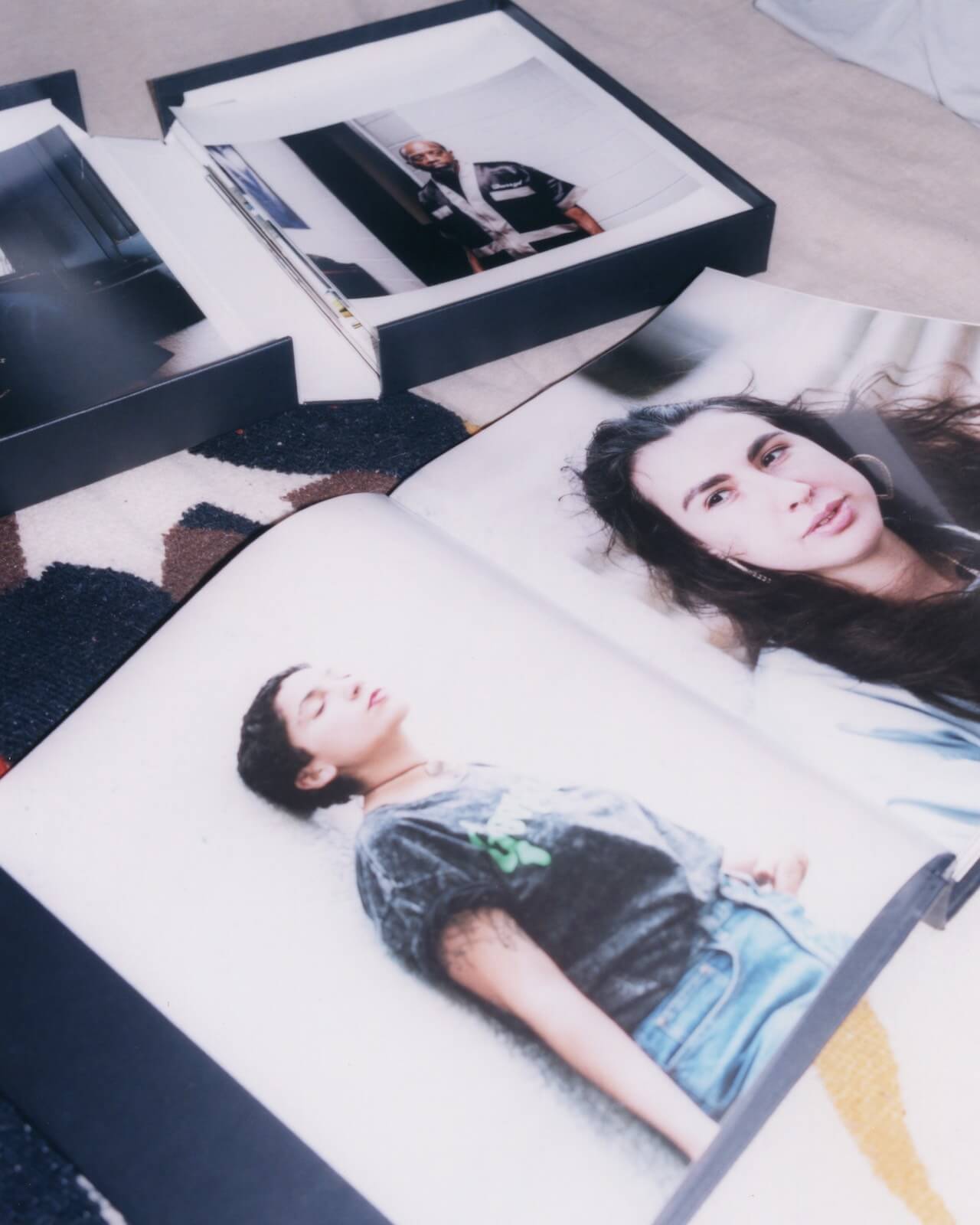
PM: What excites you most about photography?
LG: New adventures, learning about and from people different from me and about experiences different from my own; constantly evolving – in regards to my work as well as my brain and the way I see the world.
PM: Do you think one can learn a way of seeing?
LG: For sure – I think one can definitely evolve visually and learn new ways of seeing, as well as learn new ways to capture the things they see.
PM: What’s the best thing you’ve seen recently? (can be an image, a text to read, a blog… anything on the internet)
LG: I’ve been working on a project about a high school wrestler the past year and so I’ve been looking at a lot of sports imagery – trying to learn new and interesting ways of capturing a subject I’ve become visually familiar with. I came across a book about boxing in Cuba recently called Havana Boxing Club. The book was filled with some really amazing, super grainy, super blurry images of boxers and boxing. I really loved it.
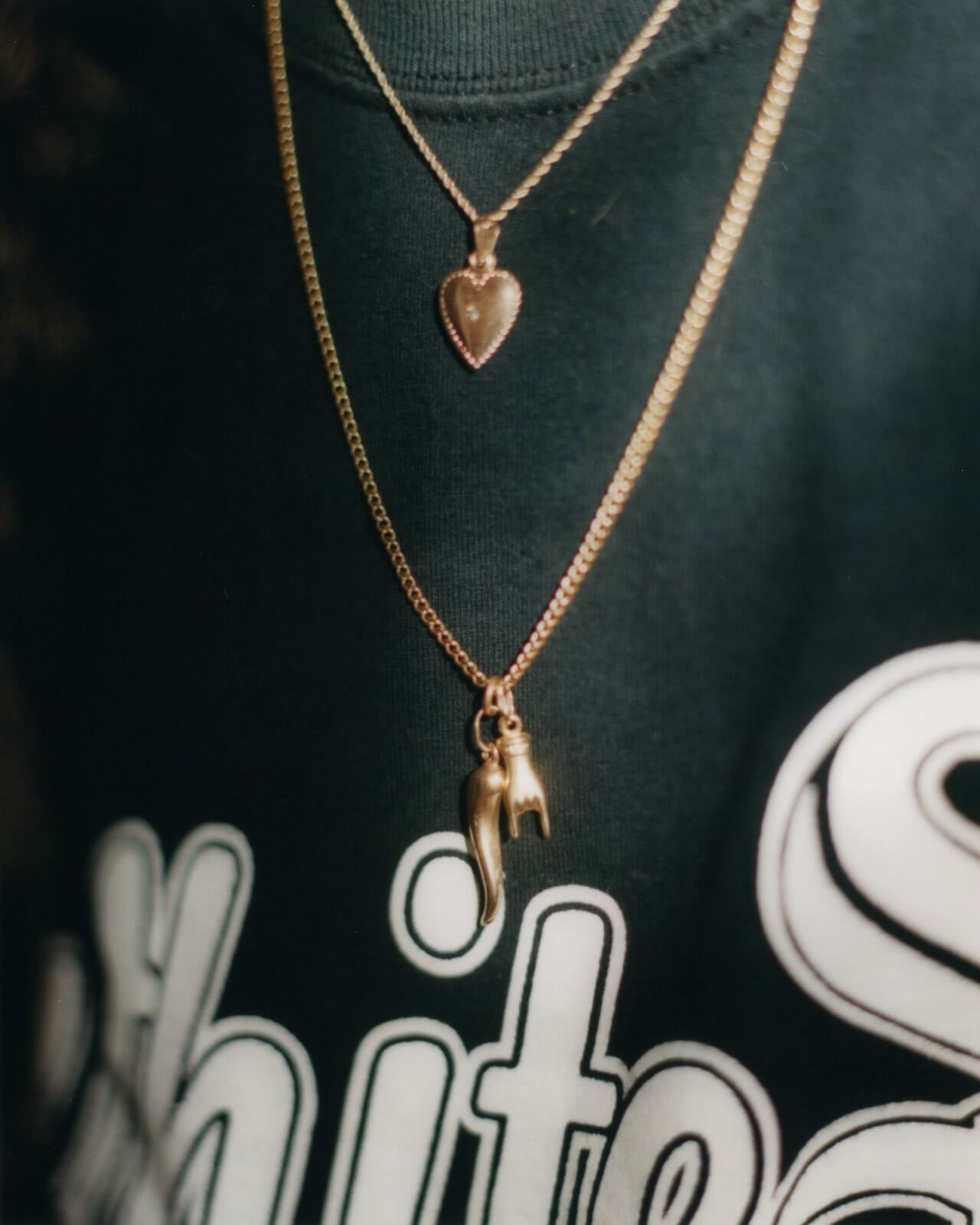
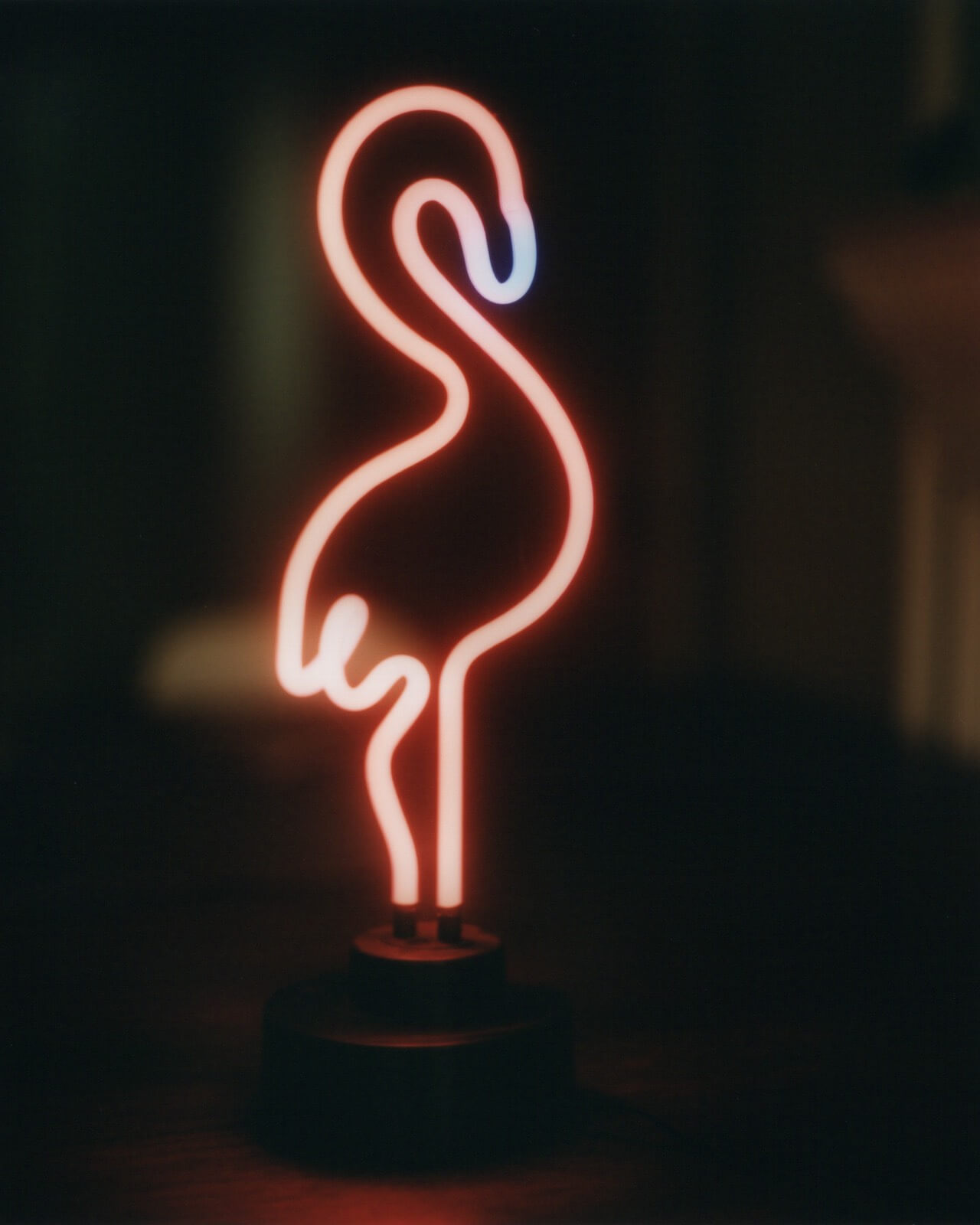
PM: How much do you shoot on a weekly basis?
LG: Really depends on the week. Busier weeks, I’ll shoot three to four days, slower weeks, maybe once.
PM: Does editing your work comes naturally to you?
LG: Editing has definitely been something I’ve had to work on. When I shoot digitally, I have a tendency to want to upload and look at the images as soon as I get home. I try to give it a day or two (if deadlines allow), so my brain has a chance to reset and so I can look at the images with fresh eyes. I guess I’ve had to learn to slow down a bit – take my time and revisit my work before deciding if I hate something or love something. As I shoot more for other people, I’ve also had to rewire the way I edit in certain ways. When I’m shooting personal work, I find the editing process to be much less stressful because there are no outside eyes and brains deciding what should run or what captured the subject or the product in a certain way – just my brain deciding what I’m drawn to and what tells the story the way I’m attempting to tell it. I enjoy the editing process in both situations, but definitely feel more pressure to produce a certain thing when I’m shooting for a client.
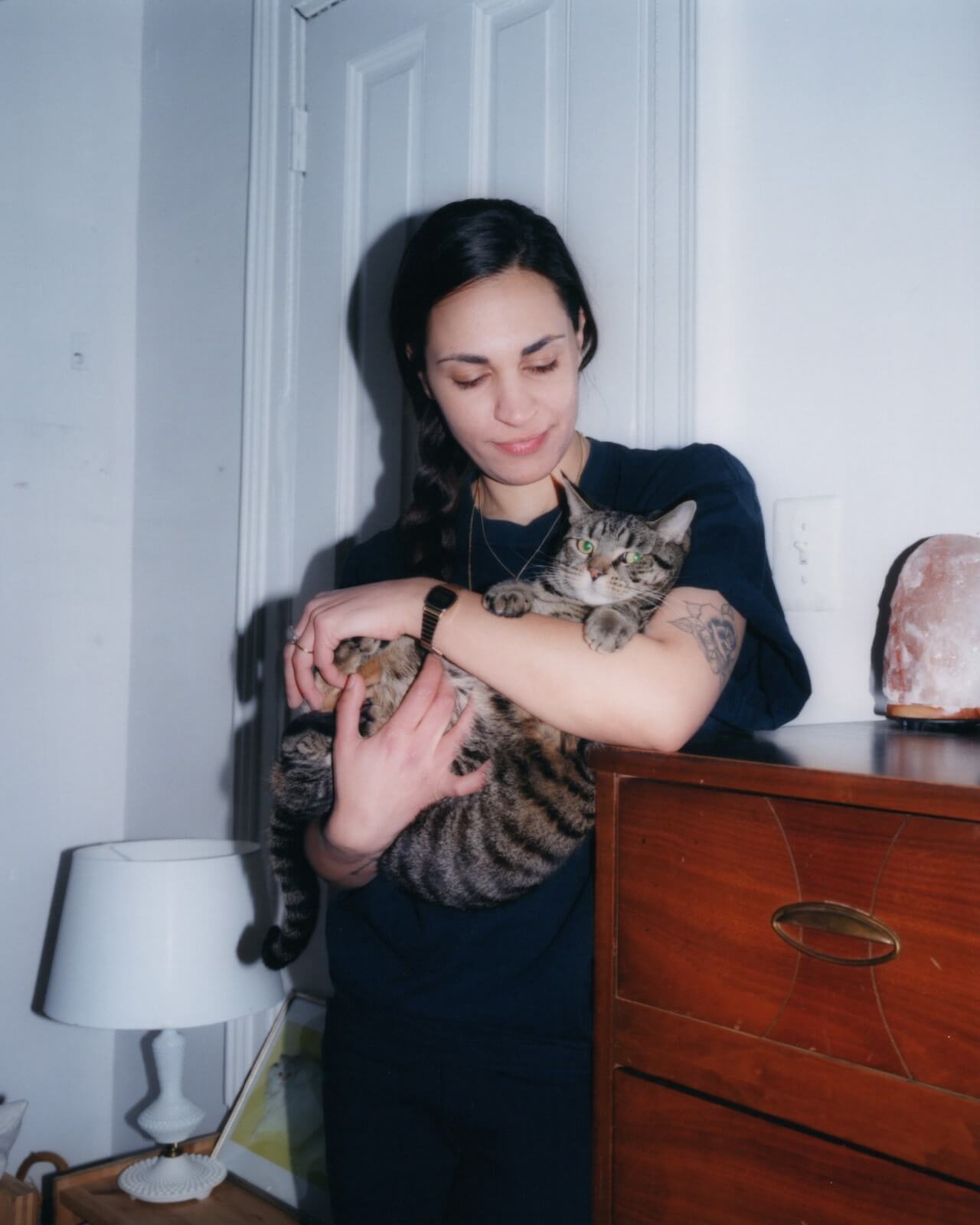
PM: What do you look for in an image?
LG: I’m not sure I can say exactly what it is I look for in an image. I suppose I’m always looking to feel something – whether it’s in relation to my work or someone else’s, I definitely want to feel something. What that “thing” is, is hard to say? Maybe some sort of humanity in a subject – something visually or emotionally moving. I’ve always found that quite hard to put into words.
PM: I remember your project 12 of Twelve, in which you set up to complete one project each month for the whole year in 2015. How did you pick the subjects of each project, and do you still continue to « impose » yourself this rhythm now that the whole project’s complete?
LG: The rhythm has definitely changed for the better! Coming up with a new project every month and trying to execute something that was at least somewhat coherent was really exhausting. I would literally wake up in the middle of the night and think, oh shit! What day is this?! Did I shoot a project for this month yet?! So, I don’t miss that part. It was a great exercise though and really pushed me to make work consistently, each month, for an entire year, which I hadn’t done before. A lot of the projects I started for 12 of Twelve opened doors to new things – new relationships or new ways of thinking about how I want to try to capture a subject. Some of the subjects that I started photographing during 2015 I’ve continued to shoot for longer term projects, so I would say overall, 12 of Twelve felt, and continues to feel, like a successful idea. It got me out of my head a bit and into the world, which is definitely something I’ve struggled with.
PM: What makes something worthy of being photographed for you?
LG: I think the subjects I’ve been most drawn to or excited about photographing are subjects I’ve had some sort of personal interest in. Whether it be a specific person or the world that they live in, the activity they engage in, I’m not sure. I suppose I want to learn new things through photography, so I find that I get most excited about exploring specific worlds and subcultures – whether I’m familiar with them or not, I like to watch the way people exist and move through their lives.
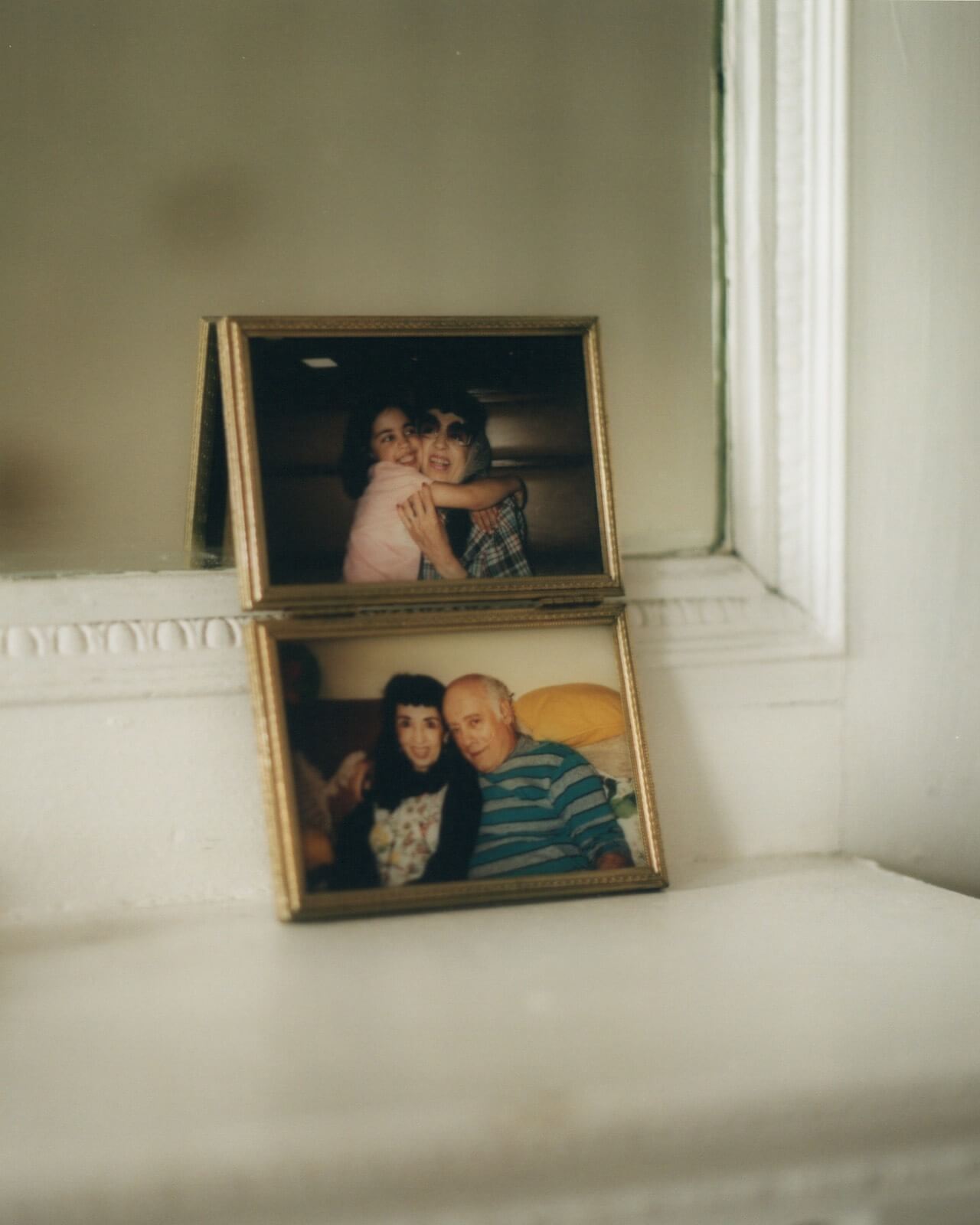
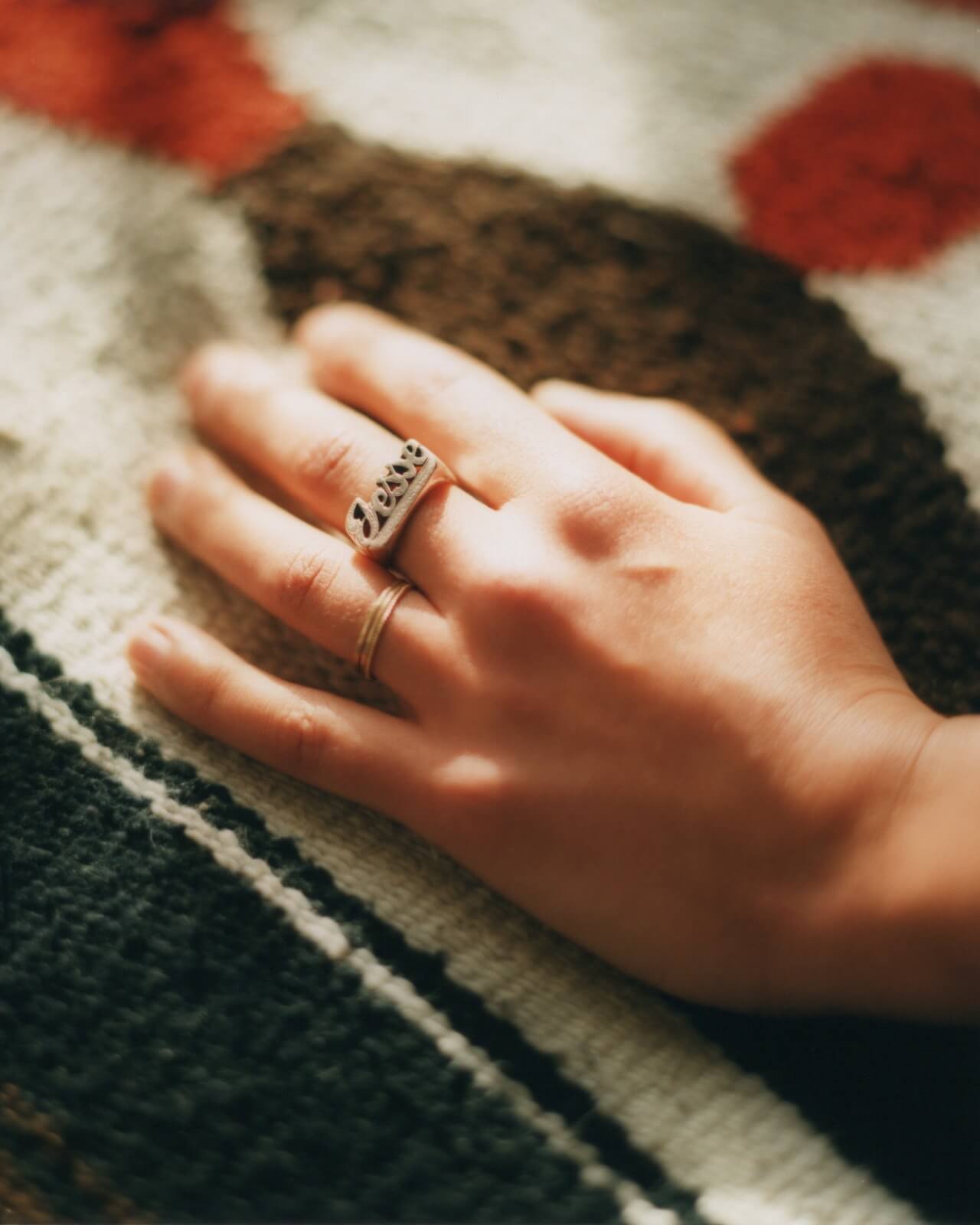
PM: Do you think people understand photography?
LG: I think people understand photography in all different ways, and I’m not sure any of those ways are “right” or “wrong.” As the world becomes filled with billions and billions of images, I think understanding photography is in many ways about trying to understand the world – your life and the lives of those around you or the lives of strangers living across the world. Or maybe that’s just how I understand photography? What’s that quote, about photography being a mirror and a window? A curator friend of mine said that in relation to a show I had some work in and I think about that a lot. Why I’m drawn to photography (on all sorts of levels) and why other people might be drawn to it.
PM: What is your favorite track to edit photos to?
LG: I’ve been listening to a lot of Frank Ocean lately. Post-election I’m actually starting to listen to a lot of classical music, a lot of Chopin. That shit really chills me out in ways I didn’t know I needed.
PM: What’s next?
LG: I’ve been working on a project about a female high school wrestler for the past year or so. I actually started that project as part of 12 of Twelve and I’m super excited about sharing some of that work in January and continuing to photograph her until she graduates in June.
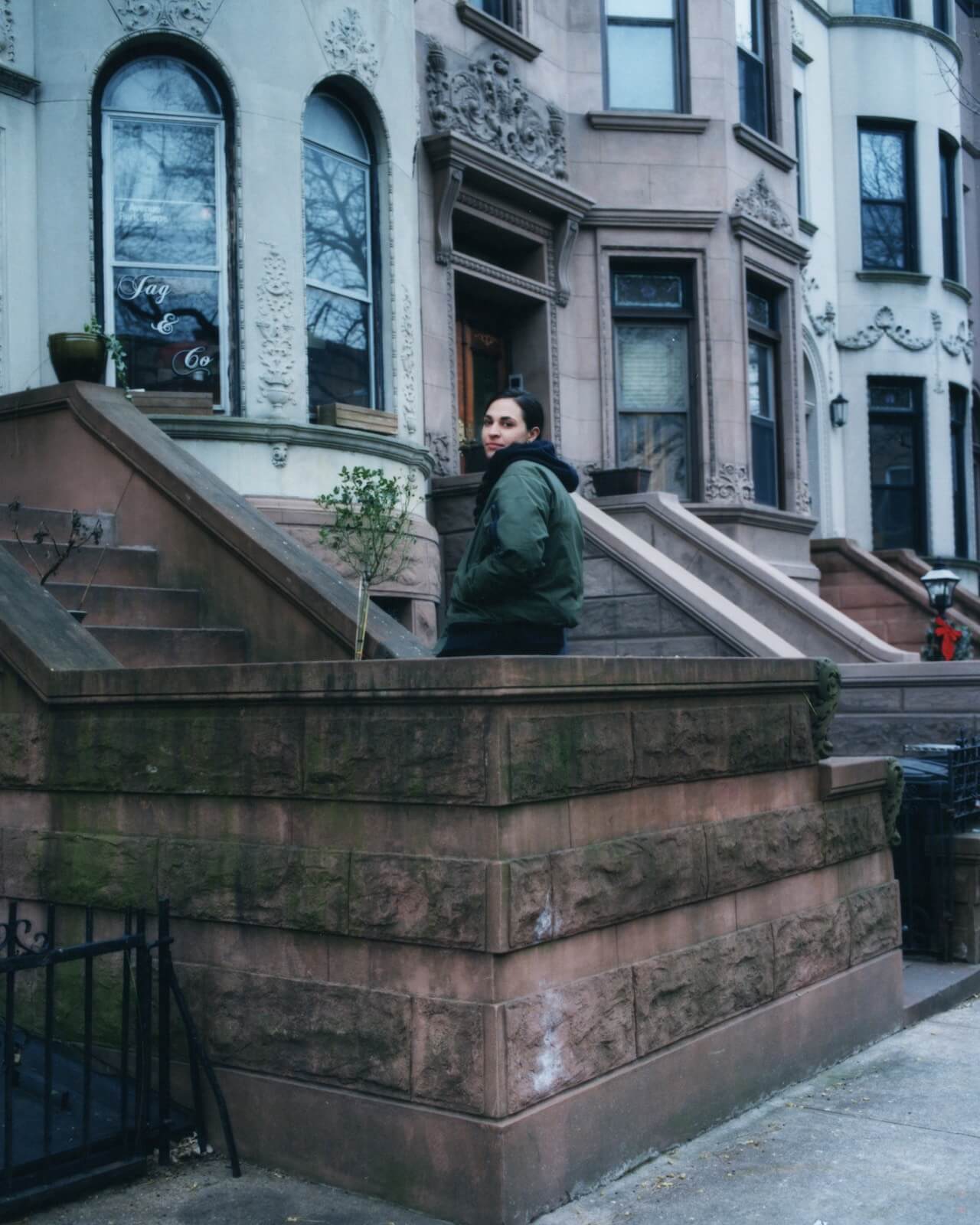
Rocket Science has been featuring the best in contemporary photography since 2016 through interviews, conversations, studio visits and essays by photographers, writers and artists. Your donation to Rocket Science directly supports new artistic content in the pages of Rocket Science and helps us pay our contributors fairly.
